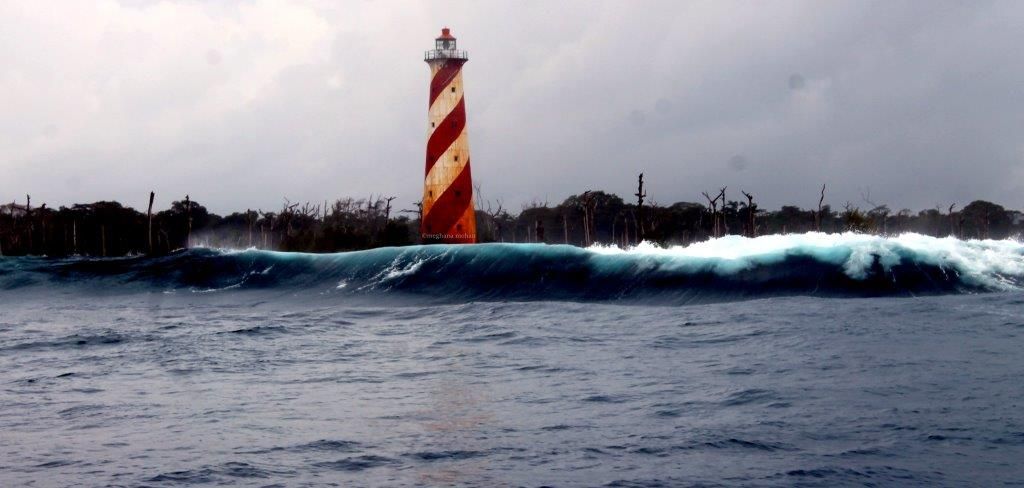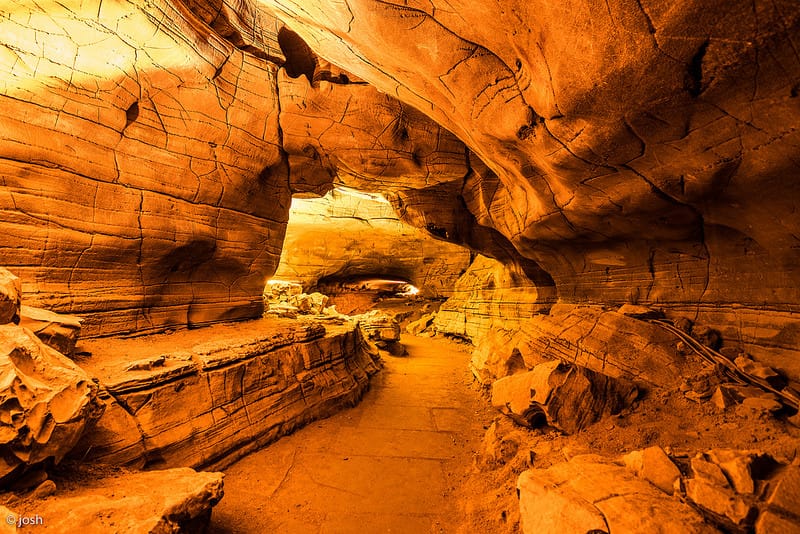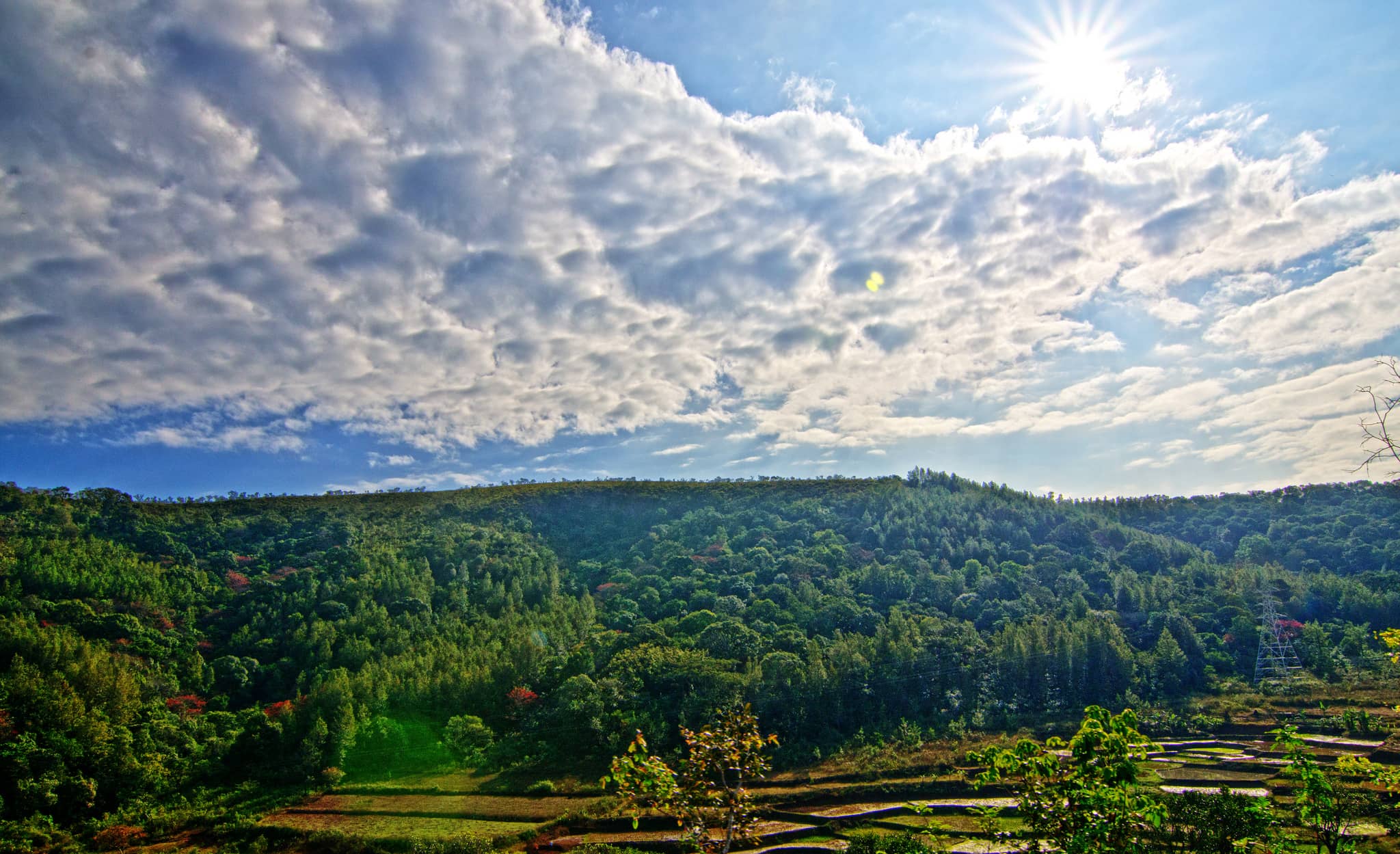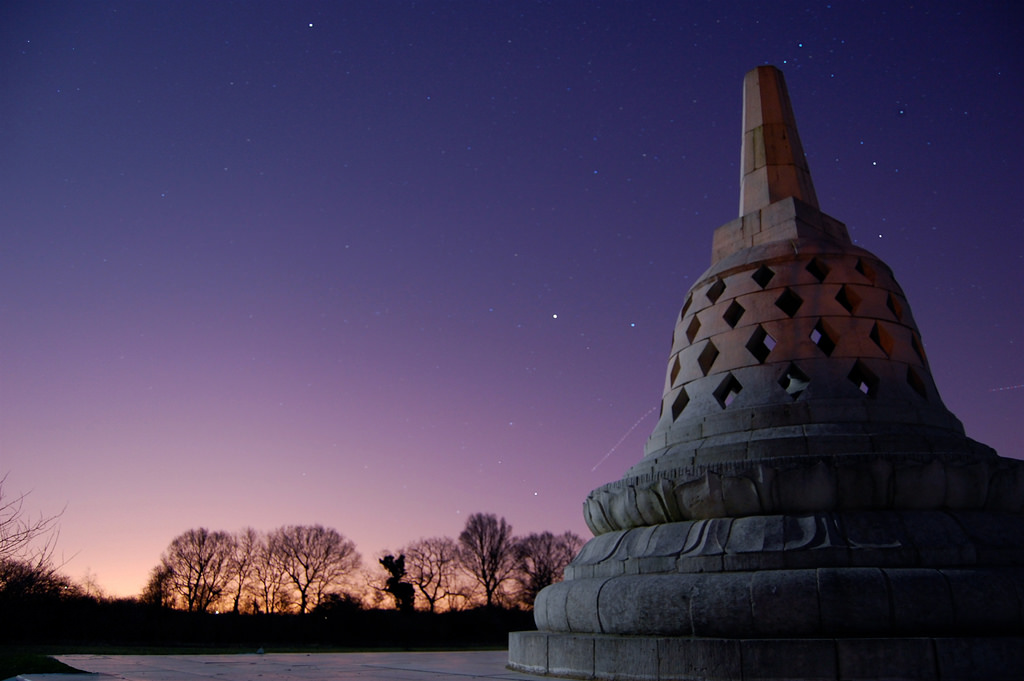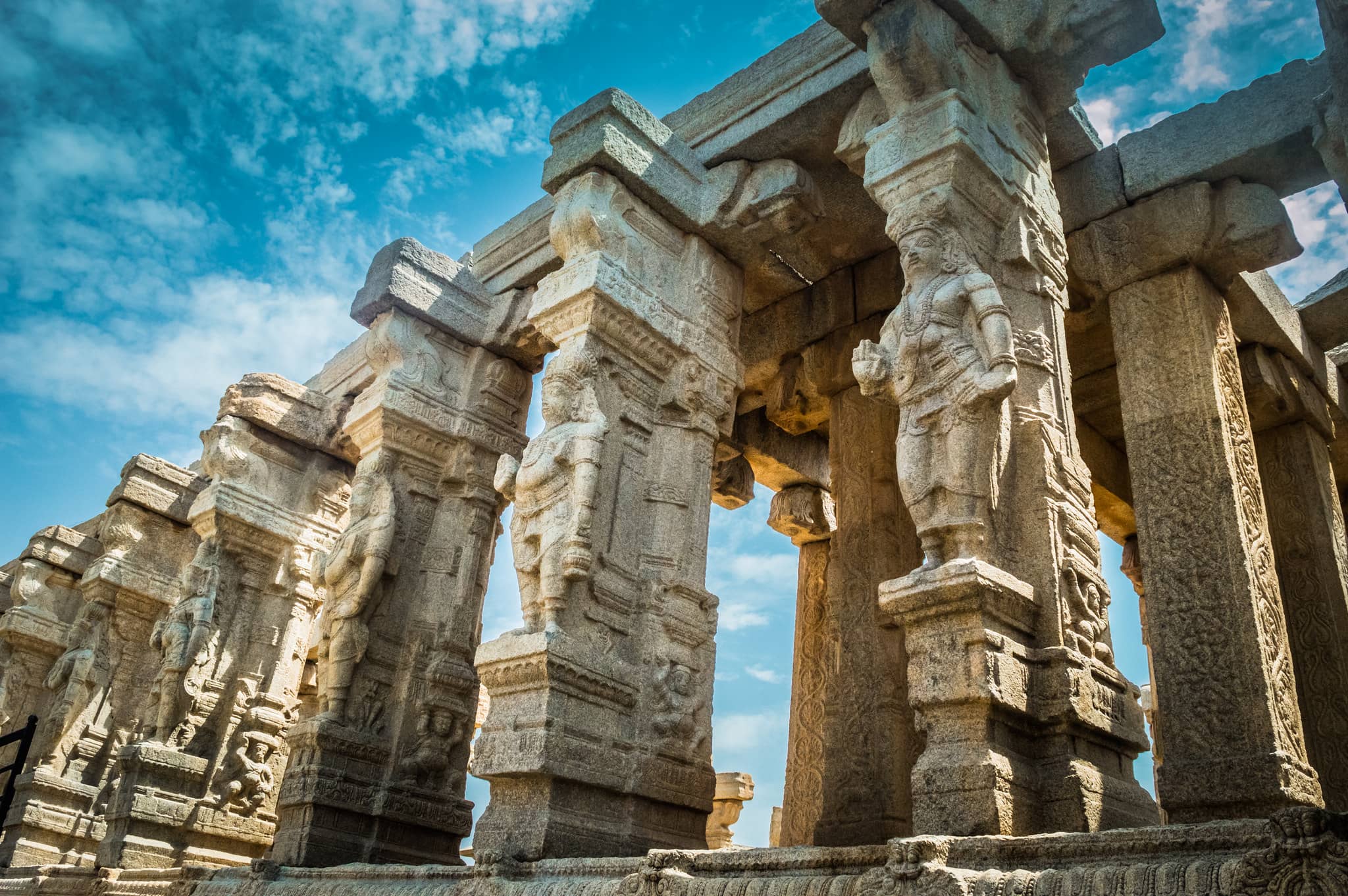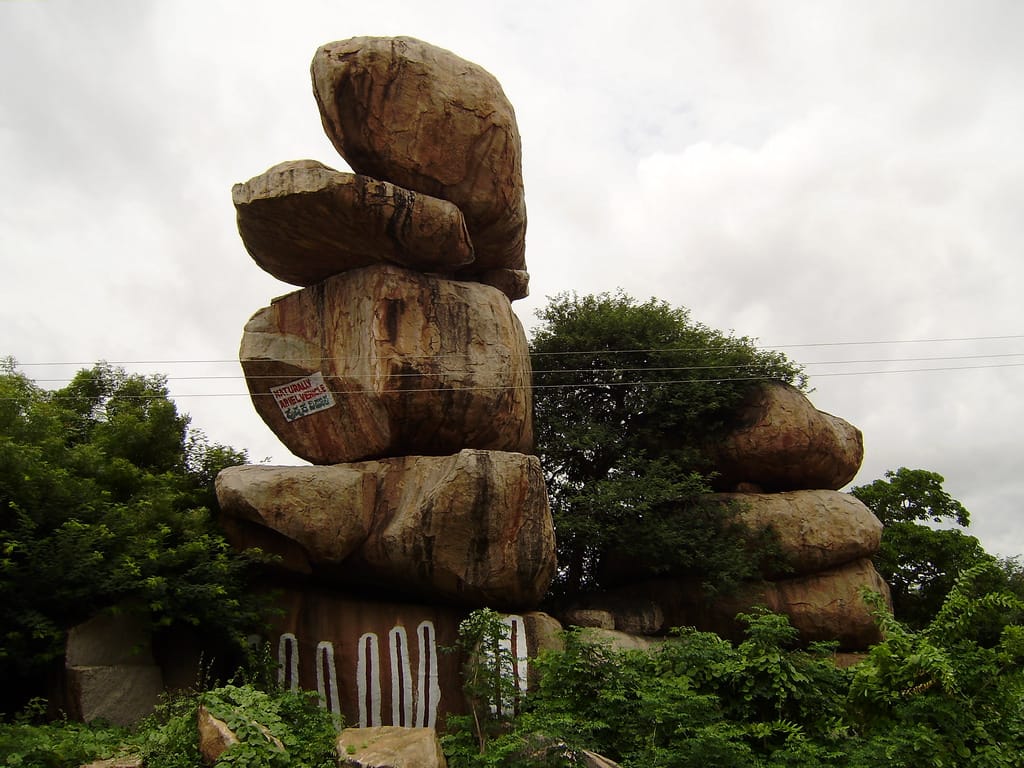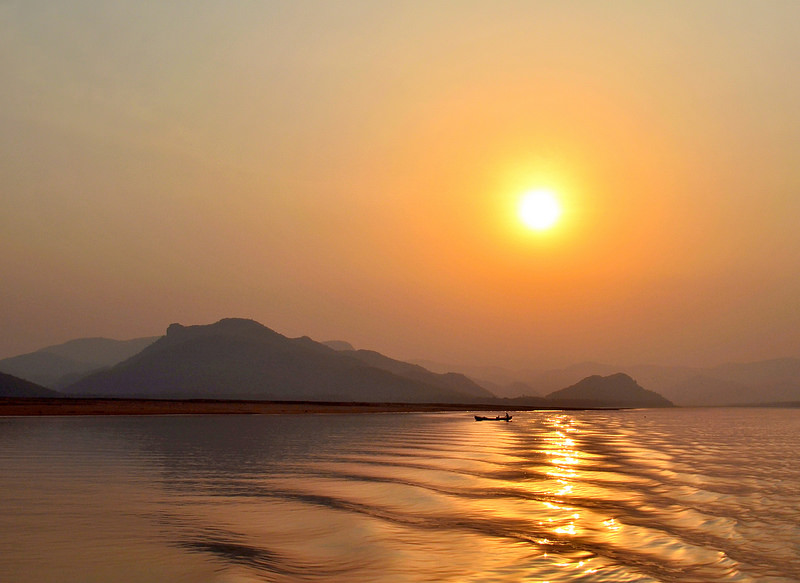Austria is a German-speaking country in Central Europe, known for its mountain villages, baroque buildings, and rich imperial history. Its capital, Vienna, located on the Danube River, is home to famous palaces like Schönbrunn and Hofburg. The country has produced notable figures such as Mozart, Strauss, and Freud. Other famous regions include the Bohemian Forest in the north, Traunsee Lake, and the vineyards on the hillsides of the east. The Tyrol region in the west is known for ski resorts like Ischgl and Kitzbühel. Innsbruck offers a mix of modern and medieval architecture, while Salzburg is famous for Mozart’s birthplace and the Hohensalzburg Fortress. Austria is also known for its delicious dishes like Wiener schnitzel and apple strudel, along with its elegant coffeehouse culture.
places to visit in Austria
Schönbrunn Palace

Schönbrunn Palace, located in Hietzing, Vienna, was the summer home of the Habsburg rulers. The name comes from an artesian well that provided water to the court. The palace has 1,441 rooms and is a significant cultural and historical landmark. It has over 300 years of history and reflects the changing tastes and interests of the Habsburg monarchs through the ages.
Hofburg Palace
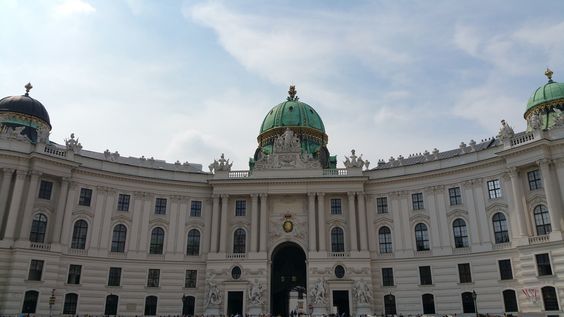
Hofburg Palace, once the imperial residence of the Habsburgs, is now the official residence of the President of Austria. Originally built as a medieval castle in the 13th century, it was expanded over time. The Hofburg complex includes several residences, the imperial chapel, library, treasury, and the famous Spanish Riding School.
Belvedere Palace

Belvedere is a historical complex in Vienna made up of two Baroque palaces, the Upper and Lower Belvedere, along with an orangery and stables. Set within a Baroque garden, the area features fountains, sculptures, and wrought iron gates. It’s located in the southeastern part of the city and is known for its beautiful grounds.
St. Stephen’s Cathedral

St. Stephen’s Cathedral is the central church of the Roman Catholic Archdiocese of Vienna. It’s the most important religious building in the city and is famous for its colorful tiled roof. The cathedral has witnessed many significant events in Austrian history and remains one of Vienna’s most iconic landmarks.
Hohensalzburg Fortress

Hohensalzburg Fortress sits on a hill in Salzburg and is one of Europe’s largest medieval castles. Built for the Prince-Archbishops of Salzburg, it has various wings, including the Prince-Bishop’s apartments. The fortress features a courtyard and rooms with furniture and textiles that have changed over time.
Hellbrunn Palace

Hellbrunn Palace is a Baroque villa located near Salzburg, built in the early 1600s. It was created as a summer day residence for the Prince-Archbishop of Salzburg. The palace is known for its unique “trick fountains,” but it doesn’t have any bedrooms, as the Archbishop only stayed during the day.
Krimml Waterfalls

The Krimml Waterfalls, located in the High Tauern National Park in Salzburg, are Austria’s highest waterfalls, with a total drop of 380 meters. The falls are divided into three stages as the water cascades down the Krimmler Ache River near the village of Krimml.
Kunsthistorisches Museum

The Kunsthistorisches Museum (Museum of Fine Arts) in Vienna is one of the largest art museums in the country and a major global institution. It’s located in a grand building on Ringstraße, featuring extensive collections from the Habsburgs, including portraits, armor, and paintings by famous artists like Rubens and Raphael.
Albertina
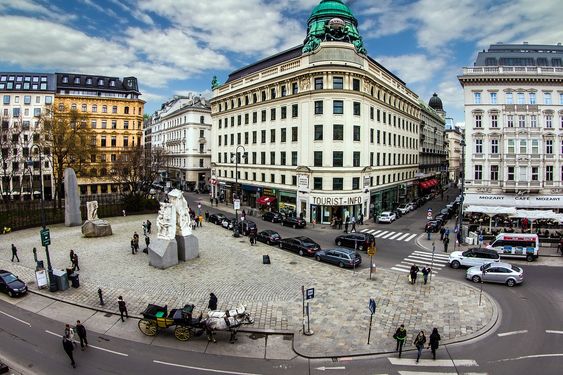
The Albertina is a museum in central Vienna known for its vast collection of prints and drawings, with over 65,000 works. It holds one of the world’s largest print rooms and also displays modern graphic art, photographs, and architectural sketches.
Rathaus (City Hall)
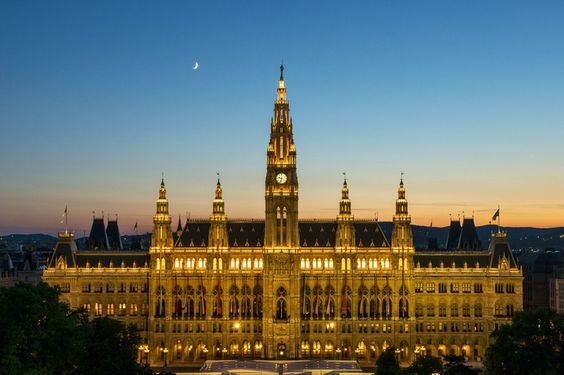
Vienna’s Rathaus, or City Hall, is the seat of the city government and is located in the Innere Stadt district. Built between 1872 and 1883 in a Neo-Gothic style, it houses the mayor’s office and the city council’s chambers. It’s also known for its beautiful architectural design.
Top destinations in Austria
Vienna
Vienna, the capital of Austria, is located in the eastern part of the country along the Danube River. The city’s rich cultural history has been influenced by famous figures such as Mozart, Beethoven, and Sigmund Freud. Vienna is renowned for its grand palaces, such as Schönbrunn, the summer residence of the Habsburgs. In the MuseumsQuartier area, both historic and modern buildings showcase works from artists like Egon Schiele and Gustav Klimt.
Salzburg
Salzburg is a city in Austria near the German border, offering beautiful views of the Eastern Alps. It is divided by the Salzach River, with the medieval Altstadt (Old Town) on one side and the 19th-century Neustadt (New Town) on the other. The Altstadt is home to the birthplace of famous composer Mozart, which is now a museum displaying his early musical instruments.
Hallstatt
Hallstatt is a charming village located on the western shore of Lake Hallstatt in Austria’s Salzkammergut region. Known for its 16th-century Alpine houses and narrow streets, the village offers cafes and shops for visitors. A funicular railway takes people to Salzwelten, an ancient salt mine, and the Skywalk Hallstatt viewing platform. A trail also leads to the Echelon Valley glacier garden, where you can see glacial potholes and the Waldbachstrub Waterfall.
Best time to visit Austria
The best time to visit Austria is during the summer months from June to August, when the weather is warm and ideal for sightseeing. For skiing, the best period is from December to March, especially in the Alpine regions. If you’re interested in winter sports, you can also catch the famous Hahnenkamm ski races in Kitzbühel every January. These seasons offer a great balance of outdoor activities and cultural experiences. However, each season has its charm, depending on your preferences for either summer or winter activities.

